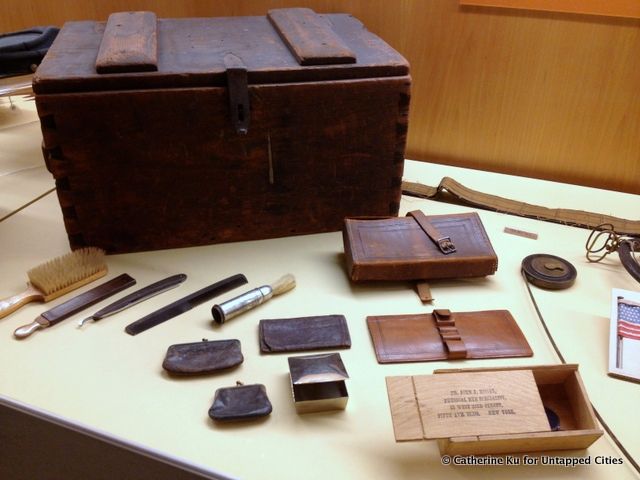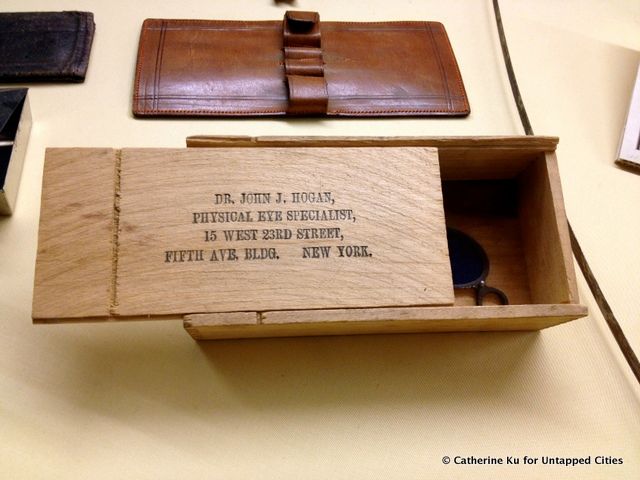Last-Minute NYC Holiday Gift Guide 🎁
We’ve created a holiday gift guide with presents for the intrepid New Yorker that should arrive just in time—


A 34-star American flag made to celebrate Kansas’ entrance to the Union.
After over one million casualties, over 600,000 deaths, hundreds of battles and 4 years, any attempt to capture the Civil War in numbers is an ambitious one. The New-York Historical Society’s “The Civil War in 50 Objects” exhibit narrows the impossibly large war down to just 50 artifacts, on public display until September 1. Through the years, the Society has collected around one million Civil War items, from which it chose 50 to display. The exhibit, inspired by the Historical Society fellow Harold Holzer’s book of the same name, sends visitors on a scavenger hunt throughout the museum to relive one of America’s most defining wars.

The contents of a Union soldier’s foot locker.
The easiest way to see the collection is using a map created specifically for the exhibit at the information desk, since the objects aren’t gathered together in one place. They range from the everyday–a wooden canteen and spurs–to the commemorative–preserved laurel leaves from Lincoln’s coffin and an American flag with 34 stars to include the newly-added slave-free Kansas.

An eyeglass case included in the foot locker.
The items were chosen for their ability to shed light on aspects of the war largely neglected by popular culture. An Algerian-inspired military uniform, for instance, draws attention to the Union troops known as Zouaves, some of the toughest soldiers in the Union infantry. A number of items are on display on a rotating schedule, including a cipher key, a prison camp newspaper produced by Confederate prisoners of war and a copy of the Thirteenth Amendment signed by Lincoln.

The Zouave uniform was inspired by militia clothing from Algeria.
New York City played its own role in the war, lending its booming industry and hundreds of thousands of troops to the effort. It was here, at Cooper Union in 1860, that an Illinois senator delivered one of his most important speeches on his stance against slavery before going on to becoming president. In 1863, New York City was also the site of bloody draft riots, the largest civil uprising on American soil.
While any statistic from the war–number of battles, costs, casualties–seems impossible to encapsulate in 50 objects, the exhibit accomplishes that task well. Each of the objects recounts a small part of the war, and when pieced together, provide a glimpse into an event that, as the exhibit promises, “changed the course of American history.”
Get in touch with the author @catku.
Subscribe to our newsletter